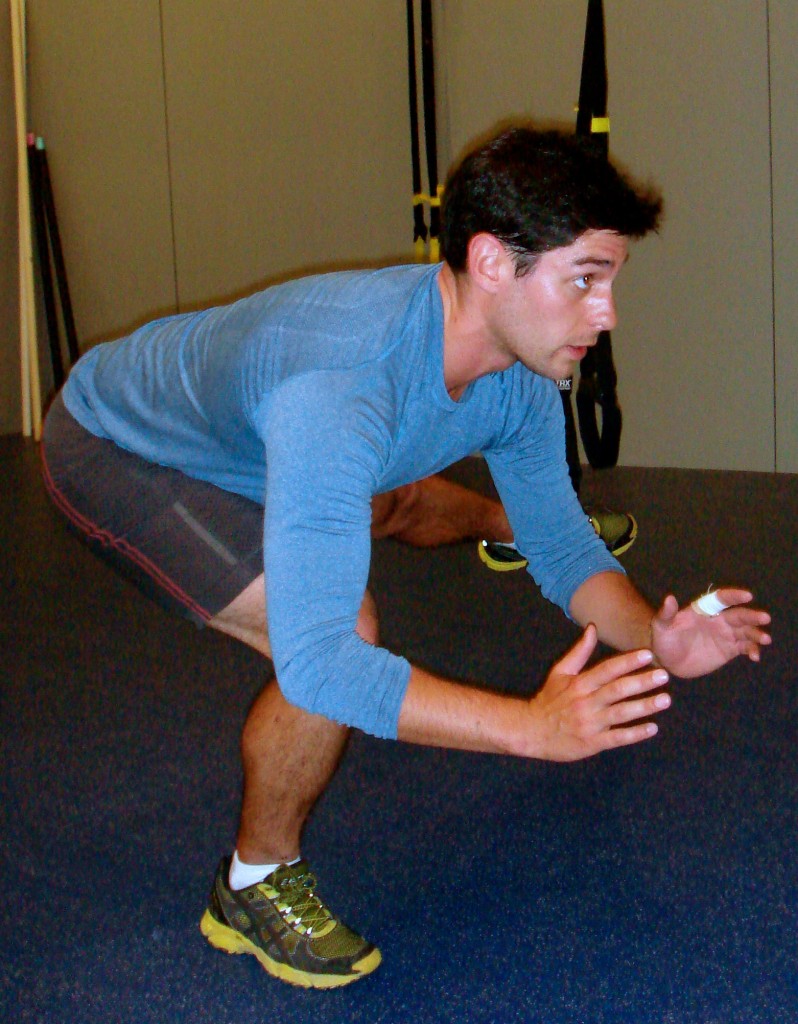 Count yourself lucky if you’ve exercised most of your life, as you haven’t aged much. Hippocrates said it best in 400 BC, in that exercise is the best medicine. Two new research papers published last week in Aging Cells set out to assess the health of older adults who had exercised most of their adult lives and found that they hadn’t aged much. They hadn’t lost muscle mass, strength, or increase their body fat or cholesterol levels. The men in the study may have even avoided most of the male menopause, as their testosterone levels also remained high.
Count yourself lucky if you’ve exercised most of your life, as you haven’t aged much. Hippocrates said it best in 400 BC, in that exercise is the best medicine. Two new research papers published last week in Aging Cells set out to assess the health of older adults who had exercised most of their adult lives and found that they hadn’t aged much. They hadn’t lost muscle mass, strength, or increase their body fat or cholesterol levels. The men in the study may have even avoided most of the male menopause, as their testosterone levels also remained high.
The study participants were man and female amateur cyclists aged 55 to 79 and underwent a series of tests in the lab and compared to a sedentary group of adults. This group included healthy people aged 57 to 80, and another group of healthy young adults aged 24 to 36. A surprise finding was that the benefits of exercise went beyond muscle, as their immune system did not seem to age. Immune cells, called T cells, are made in the thymus, which starts to shrink, at the age of 20. The study found that the cyclists were making as many T cells as would be expected from those of a young person.
Their research debunks the assumption that aging automatically makes us more frail, and that as a society, we shouldn’t have to accept that old age and disease comes next.
“There’s strong evidence that encouraging people to commit to regular exercise throughout their lives is a viable solution to the problem that we are living longer, but not healthier, Janet Lord, the director of the Institute of Inflammation and Aging at the University of Birmingham, said in a statement. What’s compelling about the research is that the cyclist’s didn’t cycle because they are healthy, but that they are healthy because they have been exercising for most of their lives.
It’s well known that exercise impacts nearly every system in the body, and there’s no more encouraging news in that the brain also benefits, both physiologically and psychologically. If you are still on the couch about starting or getting more exercise, exercise can enhance and protect brain function. We all want that as we age. When you exercise, at the cellular level, the brain is drenched with serotonin, glutamate, norepinephrine, dopamine and growth hormones Mood, anxiety, attention, stress, aging, and hormonal changes in men and women can all be positively affected. A staggering network of 100 billion neurons, each of what might have up to 100 thousand inputs, all are stimulated to spur new growth.
We need these neurons in the brain to last the 80 plus years of a lifetime. With exercise, not only can you stay young, but also gene expression in the hippocampus, a brain region responsible for learning and memory, can benefit. We can all benefit by being pro-active, by exercising for body and brain health. It’s never too late to start.

